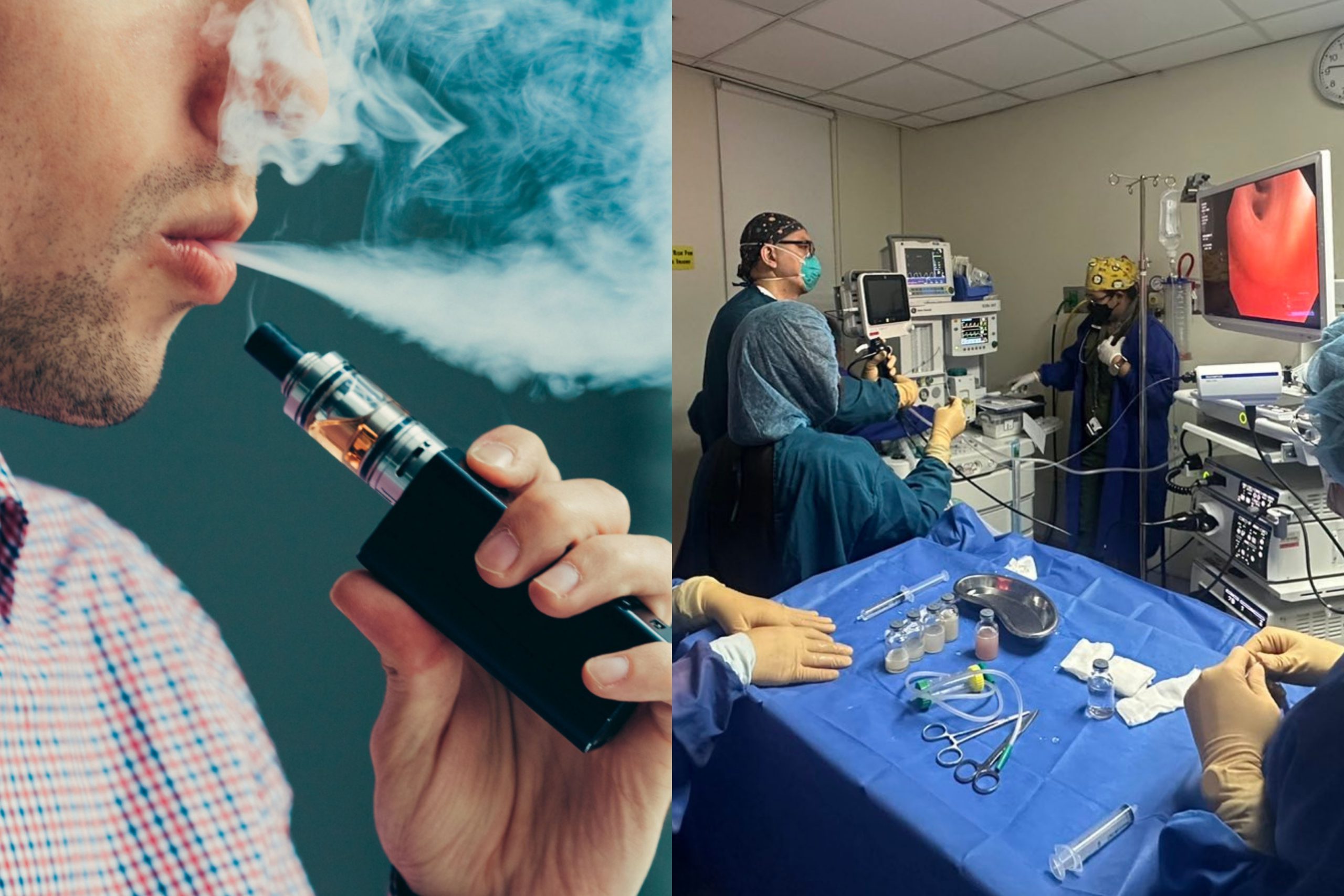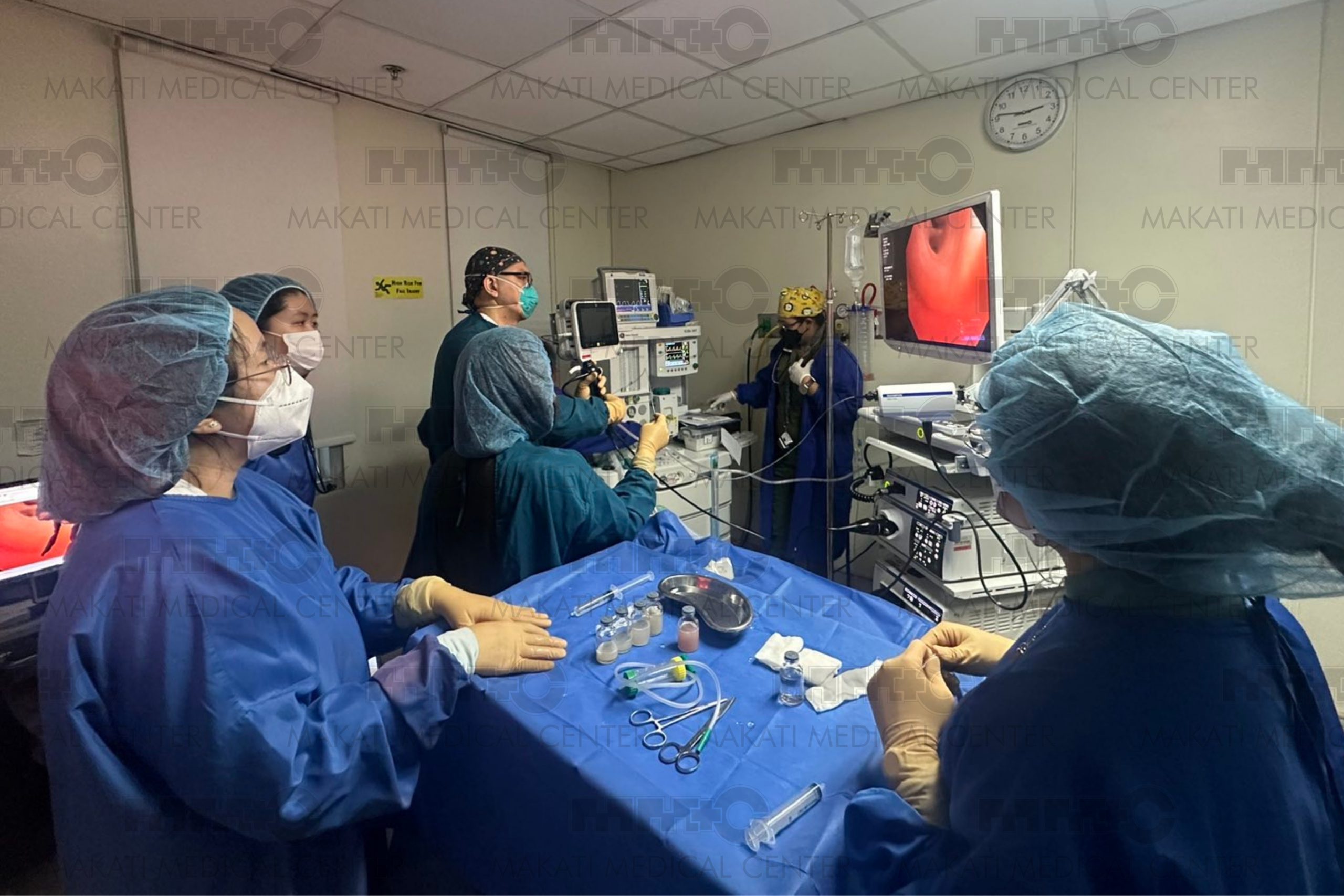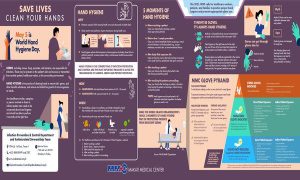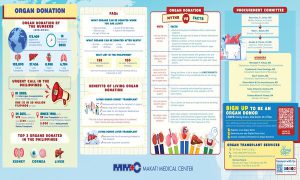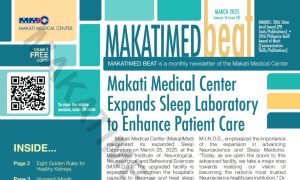The low-dose CT scan and EBUS bronchoscopy can catch lung cancer before it’s too late
For the longest time, the sedentary, middle-aged, two-pack-a-day smoker was the poster child of a lung cancer patient. Today, it appears that anybody with lungs can be diagnosed with this insidious disease.
People with a healthy and active lifestyle can have it, those who have never smoked a day in their life can have it, and those who don’t have a family history of lung cancer can have it. Even people as young as the 29-year-old vape-smoking patient of Makati Medical Center (MakatiMed) Interventional Pulmonology Specialist Madelaine Gonzales, MD can have lung cancer.
Early detection, of course, is key to treatment and survival. But lung cancer is different from other types of cancers, which consistently ranks high in the list of cancers among Filipinos. “Unfortunately, with lung cancer, you won’t feel anything until you’re in the later stages,” says Dr. Gonzales.
If you do experience the classic symptoms—a cough that lasts for two (2) or more weeks, blood-tinged sputum, chest pain, back pain, hoarseness, fatigue, and weight loss—MakatiMed recommends getting CT scan and endobronchial ultrasound (EBUS) bronchoscopy, which can yield more accurate results that help doctors decide on the most appropriate treatment for your case.
More detailed than an X-ray. While a routine chest X-ray can reveal suspicious masses, a low-dose CT scan is MakatiMed’s recommended screening test for the early detection of lung cancer.
Using low doses of radiation, a low-dose CT scan requires a patient to lie face up on a table that slides in and out of a machine to take multiple pictures of his lungs. The process lasts a few minutes, is painless, and doesn’t involve needles, medication, or fasting.
“For pulmonologists like me, chest X-rays are the most common tool for detecting abnormalities in the lungs. They’re affordable, easy to do, and you can get the results fast,” says Dr. Gonzales. “But there are instances when the lungs appear ‘normal’ in the chest X-ray of a patient with symptoms. A low-dose CT scan can show a cross-sectional image of the lungs, providing much greater detail. Even a tiny abnormality can be seen in a CT scan of a patient who doesn’t exhibit symptoms.”
Consider the CT scan’s capability: A chest X-ray can detect tumors (masses that are at least 3 centimeters), but a low-dose CT scan can spot nodules (or those less than 3 centimeters). “Early detection of nodules can help avert cancer cells from growing and spreading,” says Dr. Gonzales.
Like the chest X-ray, a low-dose CT scan cannot confirm if a tumor or nodule is cancerous or benign. That is determined through a biopsy, or the removal of a piece of tissue from the mass for testing in a laboratory.
Real-time imaging—and a biopsy too. Done under general anesthesia, the EBUS bronchoscopy shows the actual inside of your lungs in real time and can identify the stage of cancer in the event that a mass is malignant.
Think of the EBUS bronchoscopy as an endoscopy for the lungs. The procedure involves a pulmonologist passing a bronchoscope—a thin, flexible tube with a video camera and ultrasound probe—through your mouth till it reaches your windpipe and lungs. Soundwaves from the ultrasound probe deliver images of specific areas inside of your lungs to a screen for the pulmonologist to see.
Besides viewing your lungs, the EBUS bronchoscopy can be used to perform a biopsy, saving a patient the time and cost of having to go back for a separate procedure. “The EBUS bronchoscopy is recommended for the elderly who might not be stable enough to handle an operation, and those with masses that are difficult to reach,” says Dr. Gonzales.
While it’s a relief to know that the low-dose CT scan and EBUS bronchoscopy are available to provide healthcare practitioners with the information they need to treat patients diagnosed with lung cancer, the best-case scenario is hoping that one would never have to need them in their lifetime.
“Take care of yourself. Exercise at least 30 minutes a day, eat healthy, and maintain your ideal weight,” says Dr. Gonzales when asked how we can look after our lungs. “Stop smoking and vaping and stay away from polluted places. And avoid googling so much because it only causes you to worry. It’s always better to see a specialist who can give you real answers and solutions.”
Article based on the Lunas Extension guesting of Madelaine Gonzalez, MD last May 2, 2024.
For the complete list of Makati Medical Center’s Pulmonology Specialists, click here. You may also reach us via MakatiMed On-Call at (+632) 8888 8999 or at [email protected].

